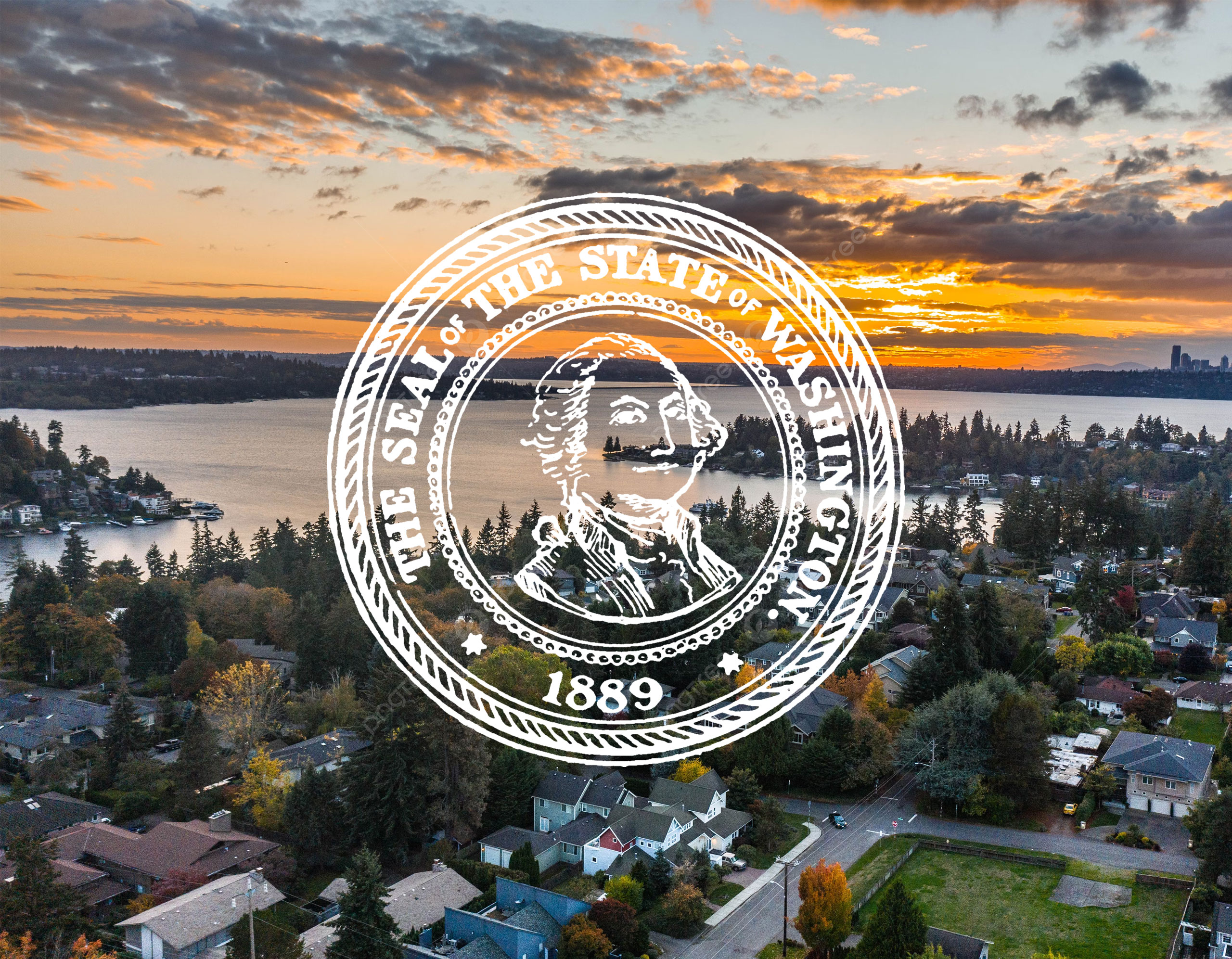After Governor Jay Inslee of Washington State signed Second Substitute House Bill No. 1039 into law on May 1, 2023, dry needling was officially included in the scope of physical therapy effective July 2023, making Washington the 36th state to approve dry needling by physical therapists. However, before physical therapists can use dry needling in their clinic, the Department of Health and the Board of Physical Therapy had to develop rules for the so-called Intramuscular Needling Endorsement, which will clarify training and education requirements, establish a process to apply for the endorsement, and a fee to cover the costs. Rulemaking takes an average of 12-18 months to complete.
In Washington State, intramuscular needling is defined under RCW 18.74.010 as follows: “Intramuscular needling,” also known as “dry needling,” means a skilled intervention that uses a single use, sterile filiform needle to penetrate the skin and stimulate underlying myofascial trigger points and connective and muscular tissues for the evaluation and management of neuromusculoskeletal pain and movement impairments. Intramuscular needling requires an examination and diagnosis. Intramuscular needling does not include needle retention without stimulation or the stimulation of auricular and distal points.
All physical therapists who plan to use dry needling in their clinics, will need to apply for the intramuscular needling endorsement, which will be available in July 2024. There will be a $100.00 one-time fee to apply for the endorsement.
Physical therapists are allowed to start working on their dry needling training and education requirements before the endorsement is available.
The dry needling training and education requirements include 150 hours of 150 treatment sessions under clinical review completed within 18 months of completing the didactic and in-person training. According to the Department of Health, the 150 treatment sessions are part of the educational process, which implies that physical therapists can start using dry needling on patients as part of their education.
There is, however, one possible complication as some liability insurance companies may not cover physical therapists during their pre-endorsement training period of dry needling, unless they secured a separate and additional individual policy that expressly includes those components!
Once a physical therapist has received the intramuscular needling endorsement, under RCW 18.74.200 physical therapists shall have patients receiving intramuscular needling sign an informed consent form that includes the following information:
- The definition of intramuscular needling as set forth in RCW 18.74.010;
- A description of the risks of intramuscular needling;
- A description of the benefits of intramuscular needling;
- A description of the potential side effects of intramuscular needling; and
- A statement clearly differentiating the procedure from the practice of acupuncture. Acupuncture shall be defined in accordance with the definition of “acupuncture and Eastern medicine” under RCW 18.06.010.
The Board of Physical Therapy, with help from community partners, has developed an example of an informed consent form that includes all the required information. Physical therapists are not required to use this example form, but they can copy some or all of the form for their own use.
Photo by Zac Gudakov on Unsplash
The Obvious Choice for Dry Needling Education
Dry Needling Course Series

The Dry Needling 1 course is an excellent starting point for learning the fundamentals of dry needling therapy. With a focus on the safe and effective application of dry needling techniques, you will gain a solid understanding of myofascial trigger points, needling techniques, precautions, and how to apply these techniques in clinical practice.

The Dry Needling 2 course is an intermediate-level course that provides in-depth knowledge and hands-on training for dry needling techniques of the extremities, including the upper and lower body. By completing this course, you will expand upon the skills you acquired in the DN-1 course and better understand the application of dry needling for managing musculoskeletal pain and dysfunction.

The Dry Needling 3 course is the final course in the series and the last step before becoming a Certified Myofascial Trigger Point Therapist – Dry Needling (CMTPT/DN). This course offers an in-depth study of advanced dry needling techniques for hand muscles, several lower extremity and foot muscles, the craniofacial and craniomandibular muscles, and more.

